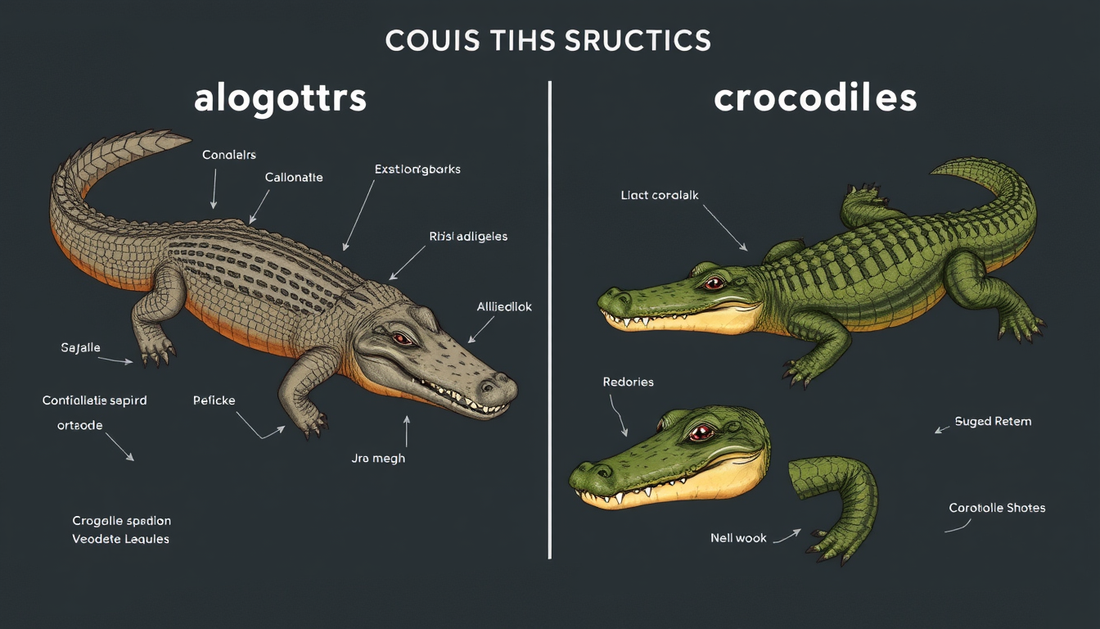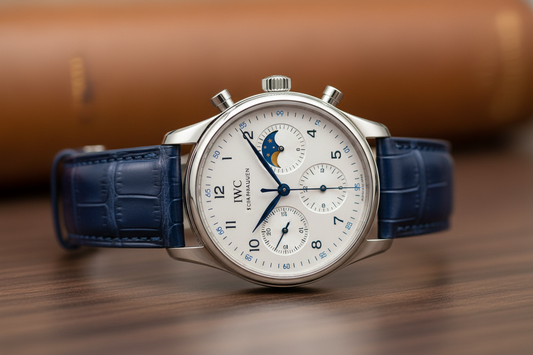Key Differences Between Alligator and Crocodile Explained
Exploring the Fascinating Distinctions Between Alligators and Crocodiles
When it comes to reptiles, two creatures that often cause confusion are the alligator and the crocodile. While they may look similar at first glance, a deeper dive into their characteristics unveils significant differences. Let's unravel the key disparities between these fascinating creatures:
Alligator
- Snout: Alligators are known for their broad, U-shaped snouts, which are perfectly adapted for their diet and habitat.
- Skin: Their skin tends to be dark blackish-gray, providing excellent camouflage in the murky waters they inhabit.
- Habitat: Alligators are primarily found in freshwater environments such as swamps, marshes, and lakes.
- Behavior: While they can be formidable predators, alligators are generally less aggressive towards humans compared to crocodiles.
Crocodile
- Snout: In contrast to alligators, crocodiles have pointed, V-shaped snouts that aid in catching prey and tearing flesh.
- Skin: Crocodiles typically have lighter tan skin, which can vary based on their habitat and age.
- Habitat: Crocodiles are versatile and can be found in both saltwater and freshwater environments, including rivers, estuaries, and coastal areas.
- Behavior: Known for their aggressiveness, crocodiles are more likely to exhibit predatory behavior towards humans, making them a greater potential threat.
By understanding these distinctive features, you'll be better equipped to differentiate between alligators and crocodiles in the wild. Whether you're exploring the swamps of Florida, the rivers of Australia, or the mangroves of Africa, recognizing these differences adds depth to your wildlife encounters and ensures a safer interaction with these remarkable reptiles.








